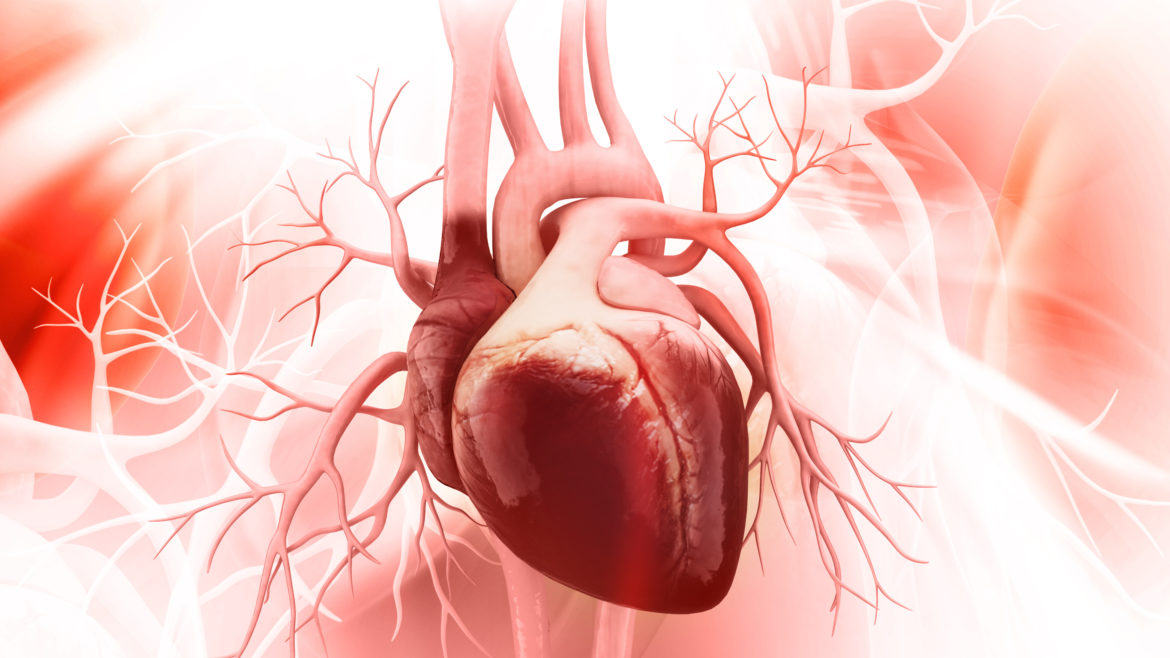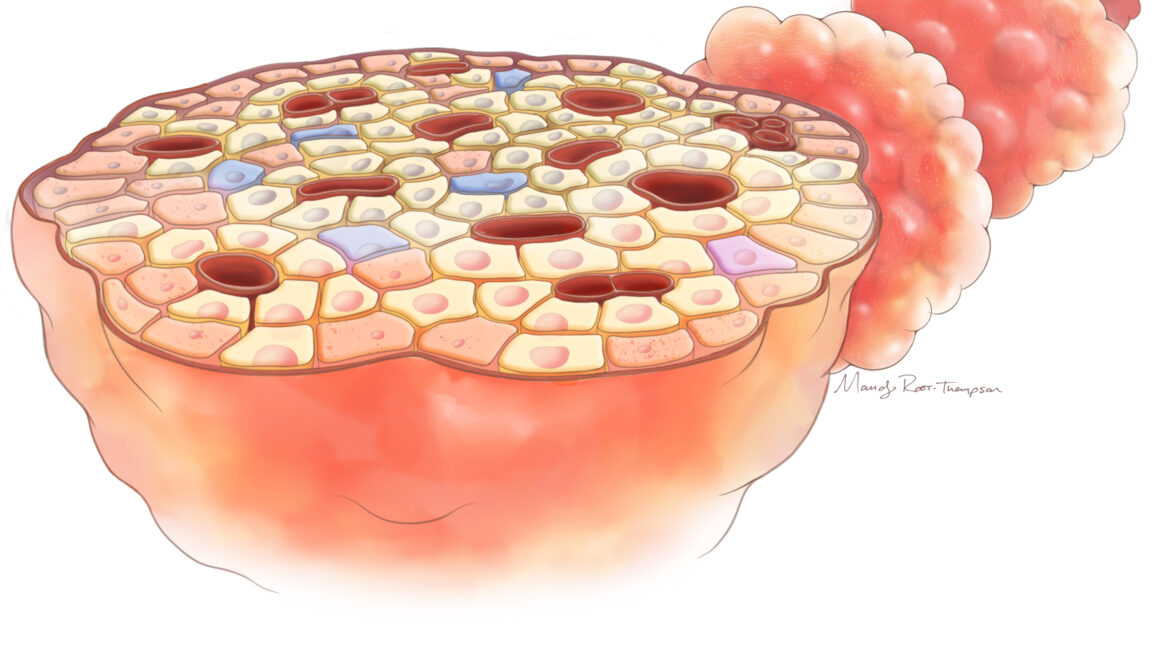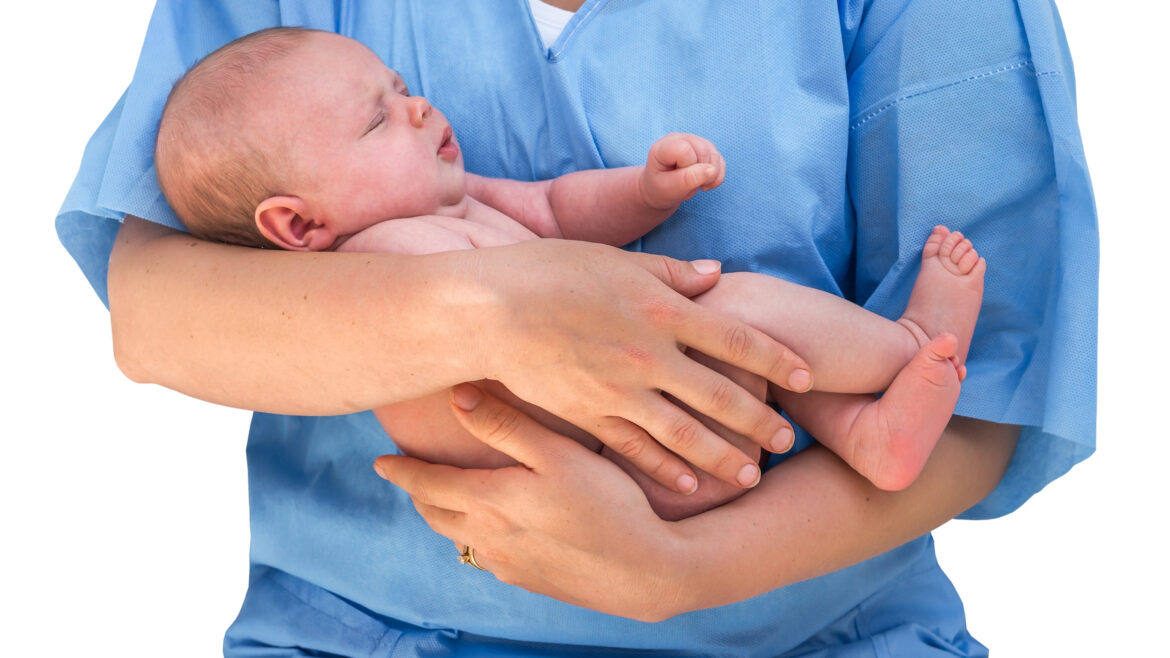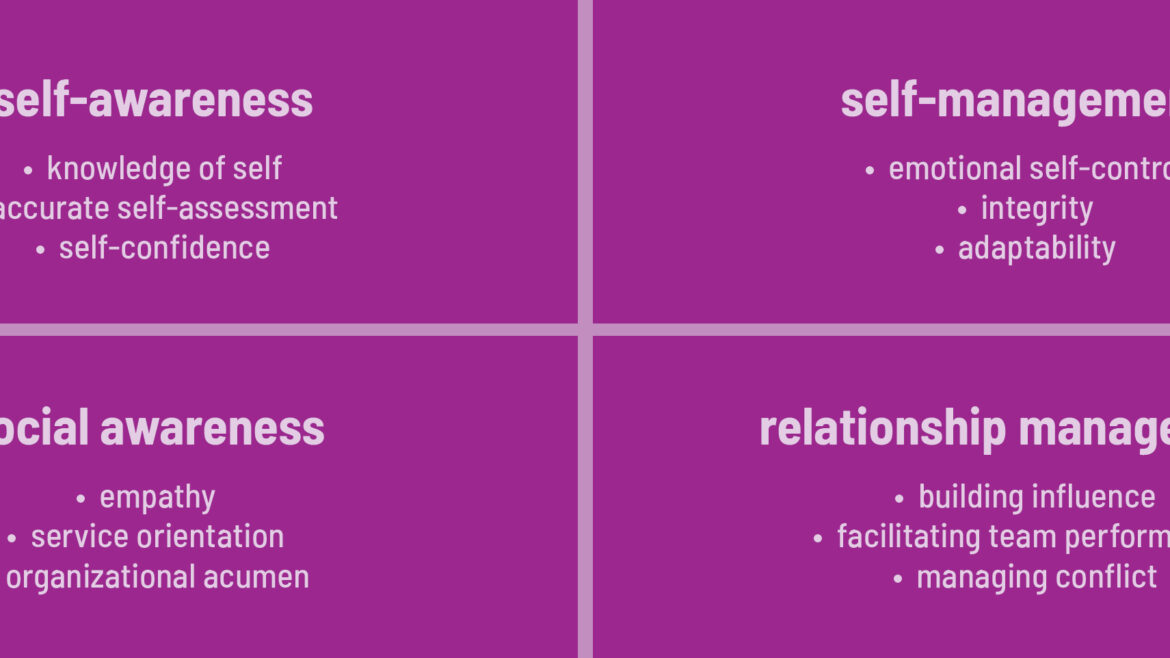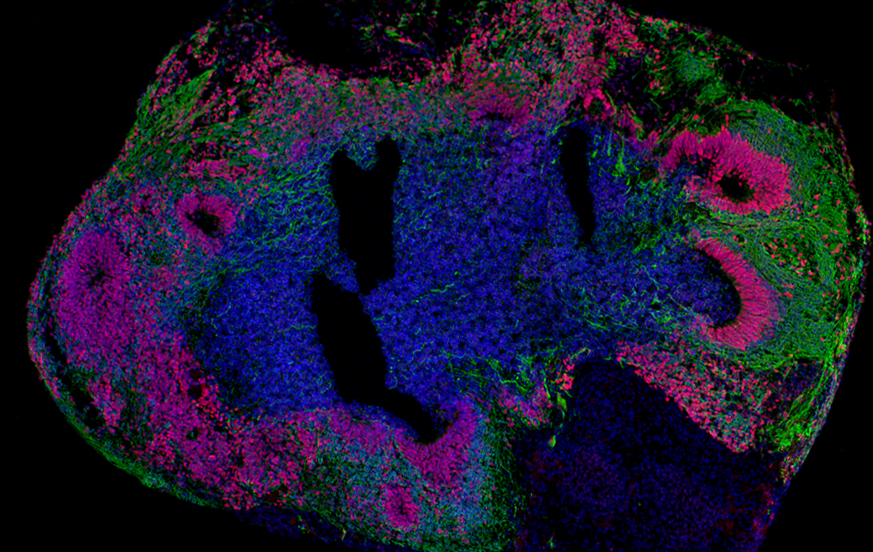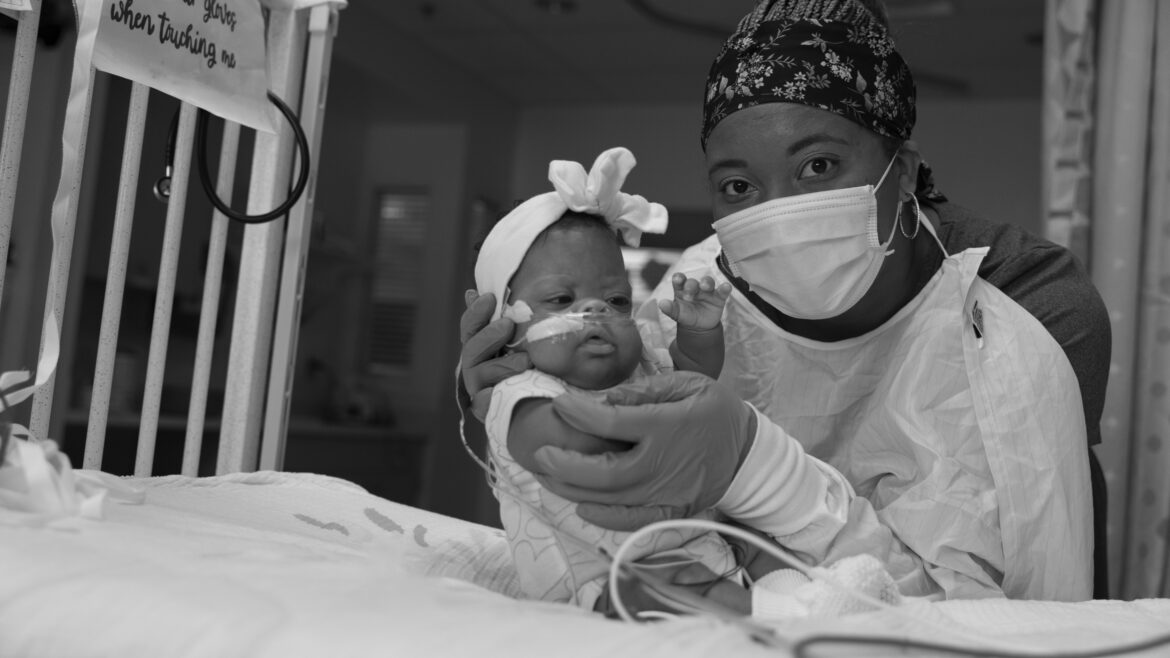The Heart Center Team Employs New Device to Remove High-Risk Blood Clot
The Heart Center Team Employs New Device to Remove High-Risk Blood Clot https://pediatricsnationwide.org/wp-content/uploads/2020/09/AdobeStock_93001580-1024x670.jpg 1024 670 Emily Siebenmorgen https://pediatricsnationwide.org/wp-content/uploads/2023/05/Emily.Siebenmorgen-scaled-e1684876333147.jpgThis first-in-pediatrics procedure was performed by Arash Salavitabar, MD, interventional cardiologist at Nationwide Children’s Hospital. When a pediatric patient sought care for an accidental gunshot wound to the abdomen, a central line infection during his course at a large regional hospital led to a much more serious blood clot in his right atrium. His case…



